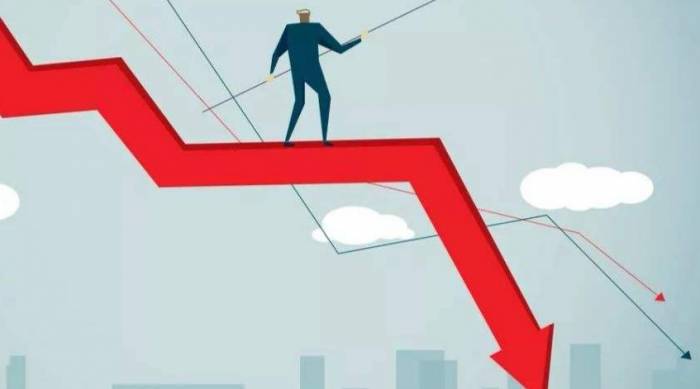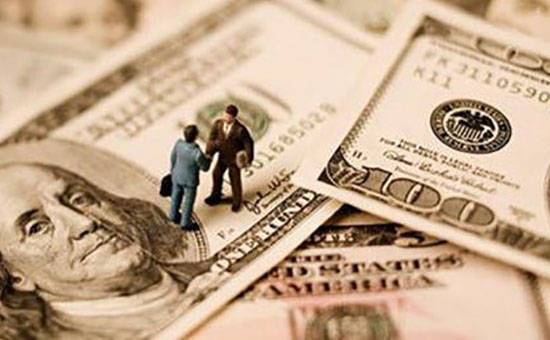2024-12-04
News
A Mindset Shift for Profitability
In today’s world, the concepts of narrative and instinct seem to sneak into our discussion
2024-11-30
News
Just Eat: Europe's "Meituan" Set to Delist
The intricate journey of Just Eat, a heavyweight in the food delivery sector, highlights t
2024-11-29
News
Intel Unveils Groundbreaking News!
The semiconductor industry is in an upheaval, as the once indomitable giant Intel faces an
2024-11-27
News
Is BMW Facing Off in a "Reset" Price War?
In today's automotive world, innovation is not just a luxury; it is a necessity for surviv
Advertisement
2024-11-25
News
Beware of the Dollar's "December Curse" in Forex Trading
The dollar has consistently played a critical role in the global economy, serving as a ben
2024-11-13
News
Further Warning Signs for the European Economy
According to the credit consulting agency Creditsafe i Sverige AB, Sweden is anticipated t
2024-11-13
News
Royole's Struggle: From $50B to Trouble
Once a titan in the tech world, with a valuation soaring above 50 billion CNY, Royole Corp
2024-11-09
News
The Mystique of A-Shares Reemerges!
In the month of November, the overall trading volume in the market exceeded an impressive
2024-11-07
News
Broadcom: The Pioneer Breaking the AI Monopoly!
As momentum in the artificial intelligence (AI) sector gathers pace, Broadcom Inc. has fou
2024-10-29
News
Federal Reserve Reverse Repos Surge 44-Fold in Three Months!
In the realm of finance, where jargon and complexity often overshadow the fundamentals, th









